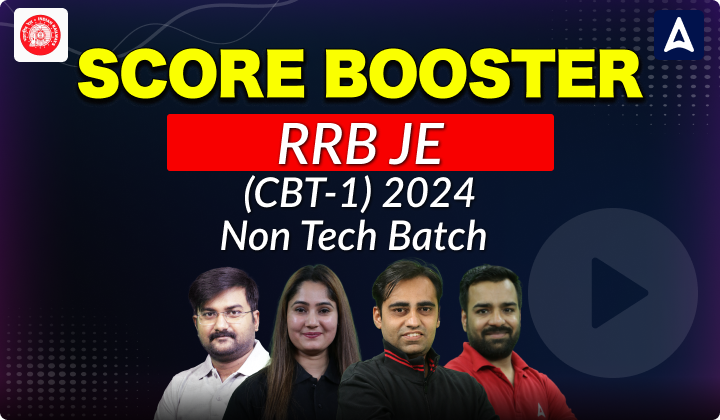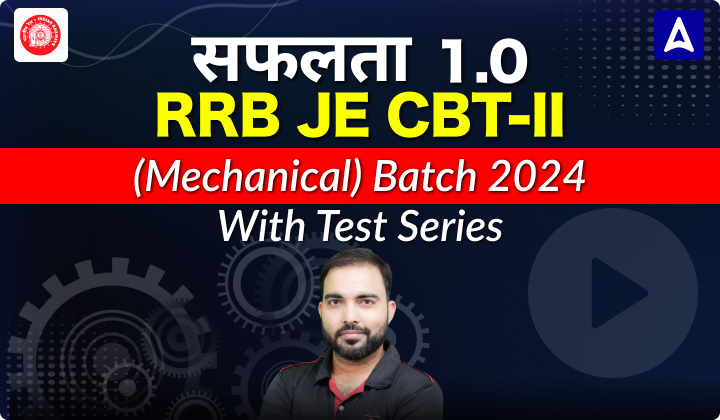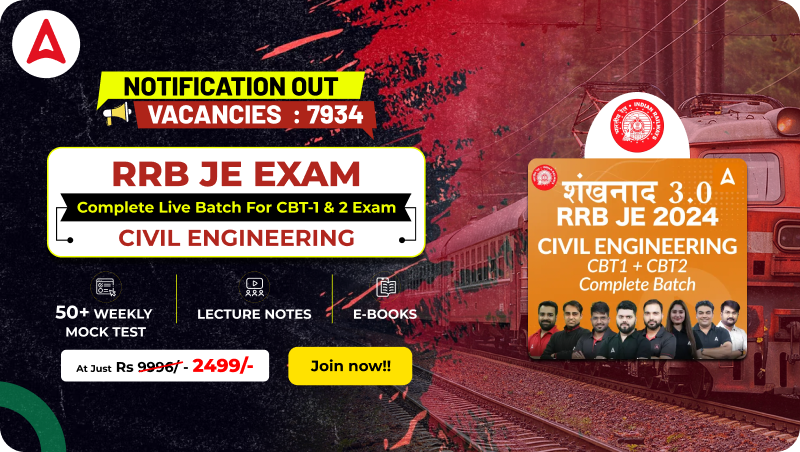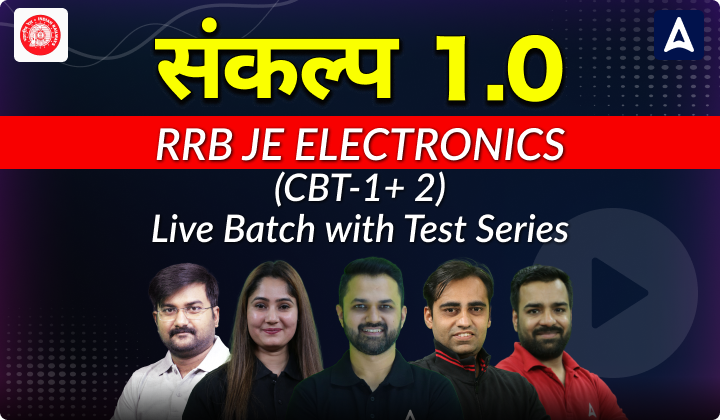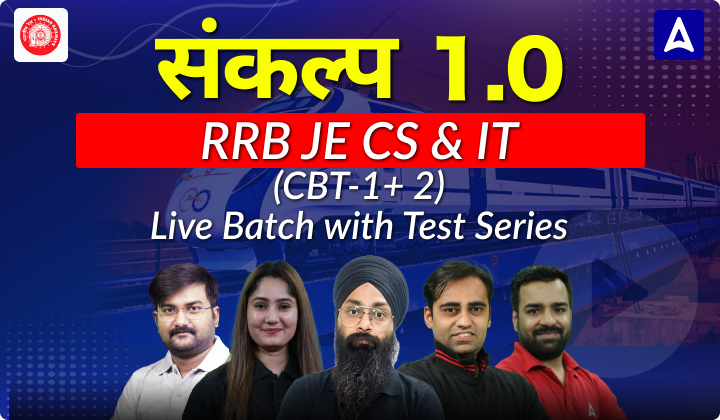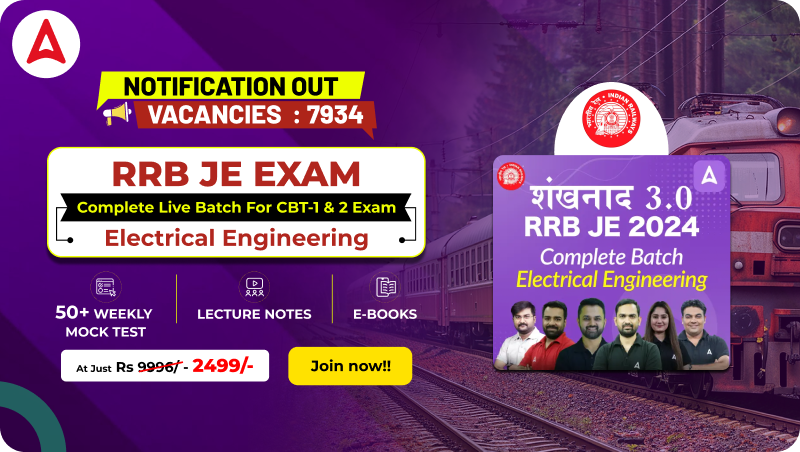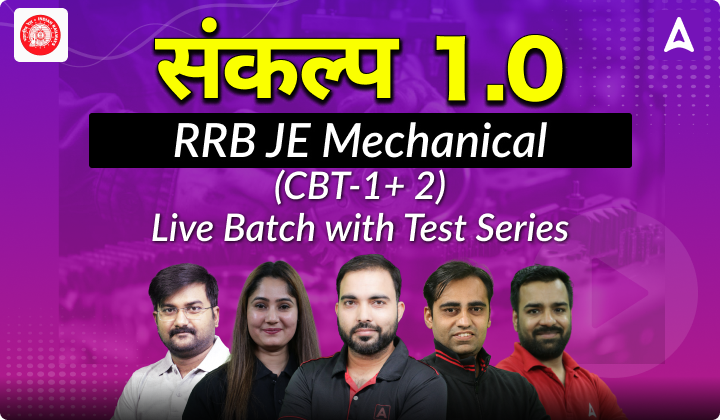Table of Contents
UPPSC Technical Education Teaching Exam Notification 2021
Uttar Pradesh Public Service Commission has released the official notification for the recruitment of Principal, Lecturer, Librarian, and Workshop Superintendent. The Online application has been started on 15th September 2021 and the last date to apply online is 15th October 2021. The recruitment is for a total of 1370 UPPSC Polytechnic Lecturer Vacancies.
UPPSC-LECTURER’21 EE: Daily Practices Quiz
UPPSC-LECTURER’21 EE: Daily Practices Quiz 13-Oct-2021
Each question carries 3 marks.
Negative marking: 1 mark each or 1/3rd
Total Questions: 06
Time: 08 min.
Q1. The miller effect input capacitance CMi is
(a) (1-AV ) Cf
(b) (1-Cf ) AV
(c) (1-Cf^2 ) AV
(d) None of the above
Where; Cf=feedback capacitance
Q2. V being the voltage impressed on a dielectric, dielectric loss is proportional to
(a) V
(b) V^(-1)
(c) V^2
(d) V^(-2)
Q3. A 6-pole, 3-phase alternator running at 1000 rpm supplies to an 8-pole, 3-phase induction motor which has a rotor current of frequency 2 Hz. The speed at which the motor operates is
(a) 750 rpm
(b) 720 rpm
(c) 960 rpm
(d) 1000 rpm
Q4. In a common emitter configuration if β=100 and base current is 50 µA. Then the value of α is…………
(a) 0.88
(b) 0.99
(c) 0.89
(d) 0.9
Q5. In the bode-plot of a unity feedback control system, the value of phase of G(jω) at the gain cross-over frequency is -125⁰. The phase margin of the system is
(a) 55⁰
(b) -55⁰
(c) 125⁰
(d) -125⁰
Q6. Which of the following theorems can be applied to any network linear or non-linear, active or passive, time-variant or time-invariant?
(a) Norton theorem
(b) Thevenin theorem
(c) Superposition theorem
(d) Tellegen theorem
SOLUTIONS
S1. Ans.(a)
Sol. Input capacitance (Miller effect) CMi=(1-AV ) Cf
S2. Ans.(c)
Sol. Dielectric loss is given by, P=2πfCV^2 tanδ .
S3. Ans.(b)
Sol. Supply frequency(f)=(1000×6)/120=50 Hz
Slip frequency: sf=2 (ACQ)
∴slip(s)=2/50=0.04
∴Ns=120f/P=(120×50)/8=750 rpm
∴Nr=Ns (1-s)=750×(1-0.04)=720 rpm
S4. Ans.(b)
Sol. α=β/(β+1)=100/101=0.99
S5. Ans.(a)
Sol. Phase margin is calculated at gain cross over frequency. At gain cross-over frequency, magnitude of G(jω) is 1.
phase of G(jω)=∠G(jω)=-125⁰
∴PM=180^0+∠G(jω)=180^0-125^0=55⁰
S6. Ans.(d)
Sol. Tellegen theorem can be applied to any network linear or non-linear, active or passive, time-variant or time-invariant.


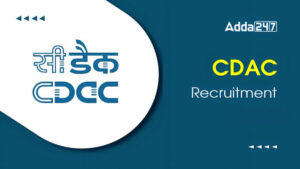 C DAC Noida Recruitment 2024 Out, Apply ...
C DAC Noida Recruitment 2024 Out, Apply ...
 RRB JE Admit Card 2024 @indianrailways.g...
RRB JE Admit Card 2024 @indianrailways.g...
 NMDC JOT Admit Card 2024, Direct Link to...
NMDC JOT Admit Card 2024, Direct Link to...

